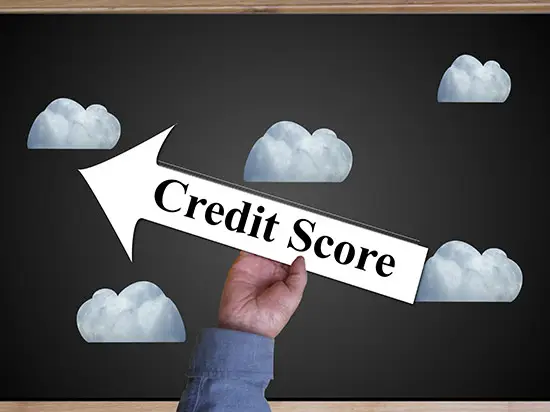Understanding Credit Scores

When reviewing applications for credit, lenders review a variety of information to help them decide whether or not the consumer is a good lending candidate. In this process, they will review one or more of the applicant's credit scores. A credit score is a number that tells a lender how likely an individual is to repay a loan, and if their payments will be made on time. What makes up that score?
What Makes Up a FICO Score?
Do you understand your credit report? A "scorecard" or scoring model is used to determine the overall credit score. This is a mathematical equation that evaluates many types of data contained in the consumer's credit report. The information is compared to a database of past credit reports and the resulting score indicates the consumer's level of credit risk.
There are different types of credit scores. The Fair Isaac Company developed the most commonly used scoring method, the FICO score, which is an automated rating process for credit reports. The score is meaningless by itself and must be used in conjunction with a validated strategy, which may be different for every creditor.
In the FICO system, there are five major categories that comprise a credit score, as follows:
Payment History: 35% of Score
This is a critical factor in determining a credit score. Lenders obviously want to know how a consumer has managed their financial obligations in the past. Late payments, though not a complete negative, are definitely frowned upon. An overall good credit score can outweigh one or two instances of late payments. It is important to realize that having no late payments does not constitute automatic approval, either.
This factor evaluates:
- Payment information. This includes payments on various types of loans such as Visa, MasterCard, American Express, retail store credit cards, installment loans, finance company accounts and mortgage accounts.
- Public record and collection items. This includes bankruptcies, judgments, lawsuits, wage garnishments and collection items. These are considered serious, however, older items count less than recent items.
- No late payments. Each account without late payments will increase a credit score.
Amounts Owed: 30% of Score
Many consumers carry balances on their credit cards, car loans, mortgages and other types of accounts. Depending on the amounts owed, the data may indicate that the consumer is overextended, which may lead to late payments, or no payments at all. This factor predicts whether the consumer can manage more credit responsibly.
This factor evaluates:
- What is owed. Even if an account is paid in full, a credit report may still show a balance on that account. The balance on the consumer's last statement is generally what is shown on their credit report.
- Who is owed. Part of this score takes into consideration the amount owed on specific types of accounts, such as credit cards and loans.
Length of Credit History: 15% of Score
A longer, positive, credit history will increase a score; however, those with shorter credit histories may still earn high credit scores depending on the rest of their credit history.
This factor evaluates:
- The age of accounts. This considers the age of the oldest account and an average age of all the accounts.
- How often the accounts are used.
New Credit: 10% of Score
Opening several new accounts, or having many inquiries into credit history in a short period of time will affect the chances of qualifying for credit. The FICO scoring system distinguishes between searching for many new credit accounts and shopping around for the lowest rates.
This factor evaluates:
- New accounts. This considers the age of your newest accounts.
- Recent credit history. If there was a period of late payments, but the consumer has re-established their credit, the score will rise over time.
Types of Credit Used: 10% of Score
This factor doesn't usually play a big part in the lender's decision to extend credit, however, if there isn't much other information available, this factor will become more important. This category takes into consideration the mix of credit cards, loans, finance accounts and mortgages held by the consumer.
This factor evaluates:
- Creditors: If the consumer exclusively deals with "D" lenders, it will put them into a high-risk category even if their payment history is perfect.
These factors are all considered when establishing a consumer's credit score; no one factor determines the score. Depending on the information in the credit report, one factor can play a more important role in the overall score, regardless of the percentage the particular factor contributes. When a lender receives a credit score, they will also receive up to four "score reason codes." These codes explain the reasons the score was not higher (if it is low.)
